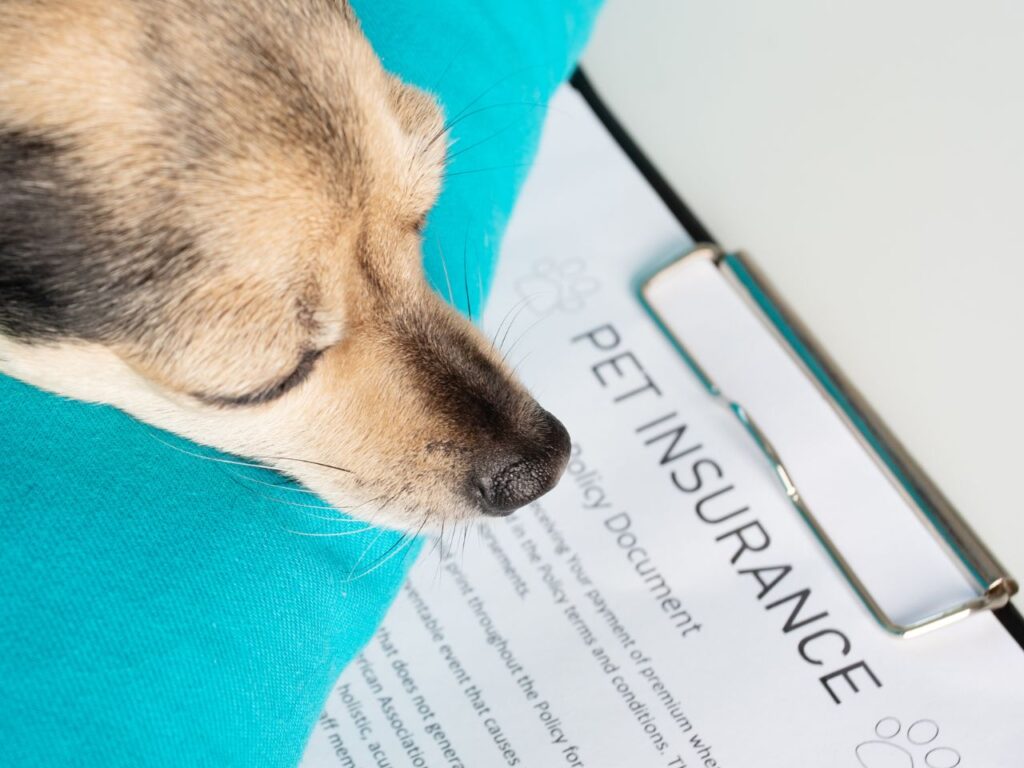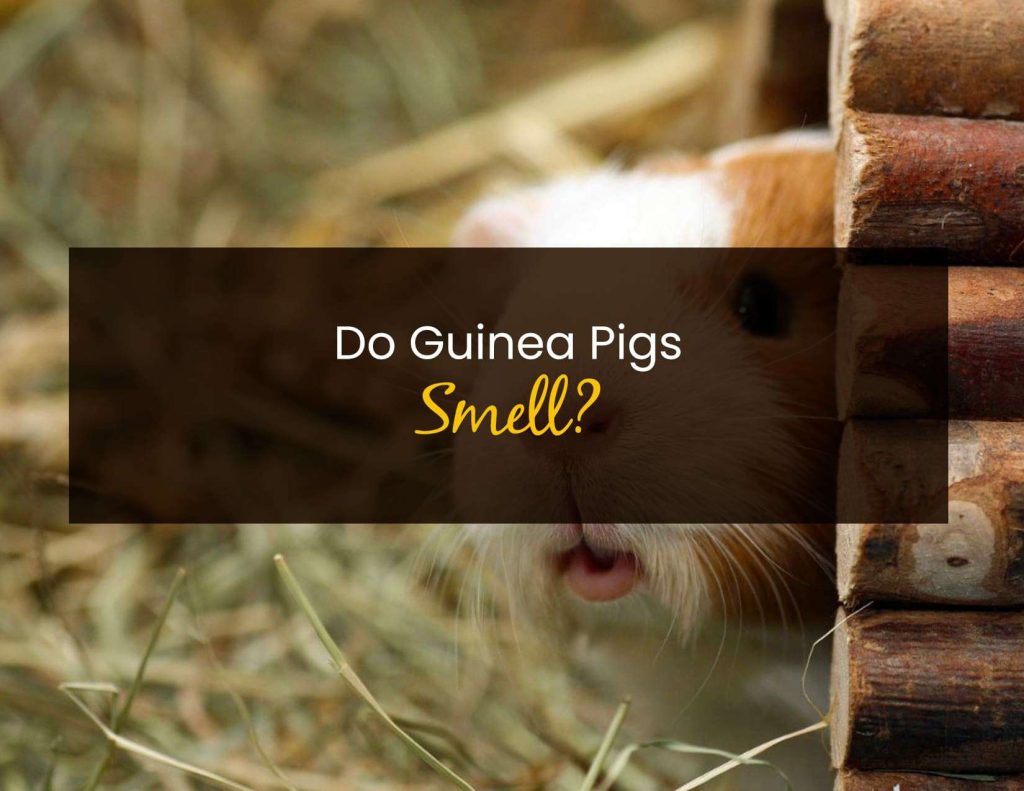My first experience with a Labradoodle was a few years ago at the house of my former boss. His Labradoodle was friendly, goofy, and fun to be around. Instantly, I wanted to know more about the breed and considered getting one for myself.
What is a Labradoodle you ask?
A Labradoodle is a mixed breed dog created by crossing a Labrador retriever and a standard or Toy Poodle. They originated in Australia when breeders set out to create a guide dog that would be hypoallergenic. They have characteristics of both breeds. They are gentle, intelligent, and quick-witted.
There are different types of Labradoodles and there are no standards that are recognized by the AKC. It’s accepted as a breed in its own right by the general population and some breeders breed Labradoodles exclusively.

History of the Labradoodle
In the 1980s a woman who needed a guide dog contacted the Australian Guide Dog Association and asked them if they had a dog that would be hypo-allergenic. There was no such breed at the time so they tasked themselves with creating one.
Since their guide dogs were Labradors they needed to mix it with a breed that did not shed hair. They decided to mix their labrador with a white poodle and thus the Labradoodle was born, although they originally named it a “Labrador Poodle.” Later on, they would add a Cocker Spaniel to the mix and create the “Australian Labradoodle.”
Different Types of Labradoodles
Breeding a Labradoodle is not as simple as breeding a poodle and a labrador retriever together. There are several different methods breeders use to produce Labradoodles. One method is producing 2nd, 3rd, and 4th+ generations.
- If you take a poodle and breed it with a labrador that would be considered a 1st generation Labradoodle.
- If you breed two 1st generation Labradoodles together the puppies they produce would be considered 2nd generation.
- If you breed two 2nd generation Labradoodles together their puppies would be considered 3rd generation.
When breeders breed a poodle with a labrador the result is not always consistent. There can be major differences in the appearance and temperament of the litters. Early generation Labradoodles ran into this problem.
The breeders select the generations that have desirable characteristics and only breed them. The result becomes more consistent. Since there are two different breeds the litters can vary greatly. The features of one Labradoodle can be vastly different than another, though the ones in America seem to be consistent.
Australian Labradoodles
An Australian Labradoodle is distinct from the standard Labradoodle. Originally designed as a hypoallergenic guide dog the breeders added a cocker spaniel to the line. So, an Australian Labradoodle is the result of breeding a Labradoodle with a Cocker Spaniel. The result is considered to be an Australian Labradoodle. They are known to have softer and more of a fluffy coat than standard Labradoodles.
Labradoodle Appearance
Labradoodles can have up to three different types of hairy: straight, wavy, or curly. The type of coat they are born with is unpredictable but breeders do their best to achieve desirable traits. They come in a variety of colors including chocolate brown, caramel, cream, gold, parchment, red, chalk, black, silver, and lavender.
Labradoodles can fit into three different size classifications.
MiniatureMediumStandardHeight14 to 16 inches17 to 20 inches21 to 41 inchesWeight15 to 25 lbs30 to 45 lbs50 to 65 lbs
Grooming & Maintenance
A Labradoodle’s coat is continually growing and because of this, they need to be clipped and groomed regularly to prevent matting of their hair. You can learn to do this yourself or take them to a professional groomer.
On average expect to bathe and blow out their coat every 3-4 weeks. Their coat should be trimmed with clippers every 6-8 weeks. They should be brushed regularly, including their tail, in between bathing. Use shears to trim any mats that form.
Their nails should be trimmed every 1-2 weeks. It’s best to expose them to this while they are young and condition them for it.
Labradoodle Temperament & Personality
Labradoodles have a lot of joy to them. They are gentle and affectionate yet energetic and always ready to play. Labradoodles are very social and love new people and other dogs. Because of this they are often used as therapy dogs and are especially great with children.
They have traits of both labrador retrievers and poodles. Their retriever side shows when they are outside. They love to play fetch, swim and run around off-leash. They can be very active during the day but can be mellow when indoors. They require daily exercise but are not high strung like some other breeds.
Training a Labradoodle
Labradoodles are very intelligent and they love to please their owners. This combination makes them a good candidate for positive reinforcement training. They are not as stubborn as other breeds. If training is consistent they are well behaved and easy to manage.
If training is consistent they are calm and well-behaved in public settings. They are frequently used as both guide and therapy dogs. It’s not uncommon to see this breed in hospitals visiting children and the elderly.
Exercise & Activity
Labradoodles may be gentle but they are also very energetic and require at least 30 minutes of exercise each day. This could be as simple as a walk, playing fetch, or going to a dog park. They aren’t afraid of water and like to swim in the summertime. They may get themselves into trouble and act out if they have pent up energy. Be sure to spend enough time with them doing something they enjoy.
They also need mental and social stimulation. This need can be met by playing with other dogs. They do well off-leash if they are trained at an early age.
The lifespan of a Labradoodle
Labradoodles have a life expectancy of 12 to 14 years. This depends on the size and genetic health problems.
Labradoodle Health Issues
Labradoodles can have the same health issues that affect both poodles and labrador retrievers. It’s important to buy a Labradoodle puppy through a reputable breeder and not through a pet store. A breeder will be able to tell you what kind of health problems run in your Labradoodles lineage.
Common health issues that Labradoodles run into:
- Hip Dysplasia
- This is an orthopedic condition that can be very painful when walking and going upstairs
- It’s caused by an abnormally formed hip joint and leads to an irregular placement of the thigh bone into the hip socket.
- Treatment is either through surgery or medication as this can’t always be treated.
- Elbow Dysplasia
- Similar to hip dysplasia but in the elbow
- Epilepsy
- This is a neurological condition that is usually inherited. It’s uncommon to have but does run in some lines. Your breeder will be able to tell you what to expect.
- Addison’s Disease
- Known as hypoadrenocorticism
- A malfunction of the adrenal glands that causes a hormonal imbalance
- Causes fatigue and muscle weakness
- Eye Diseases
- Labradoodles can suffer from several different eye diseases as they age.
- Can be noticed if they bump into furniture frequently
- Hypothyroidism
- Hormonal imbalance
Which type of Labradoodle should I choose?
I recommend finding a responsible breeder. The only way to ensure you get the characteristics you want in a Labradoodle is to find a breeder that has a strong lineage. They will be able to give you information regarding appearance, health, temperament, ancestry, and other information you won’t get from a pet store.
So what is a Labradoodle? Hopefully, by now you have enough information to answer that yourself. I wish you the best of luck! They are a wonderful breed.










